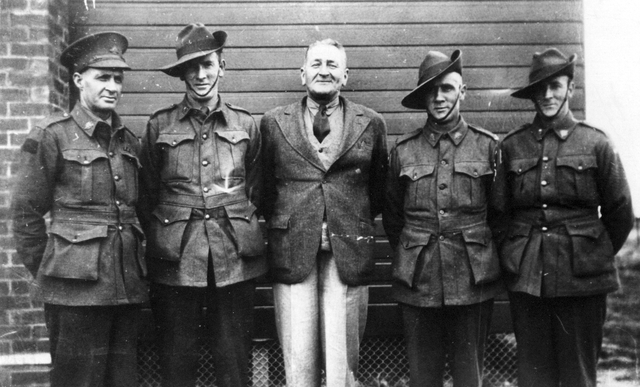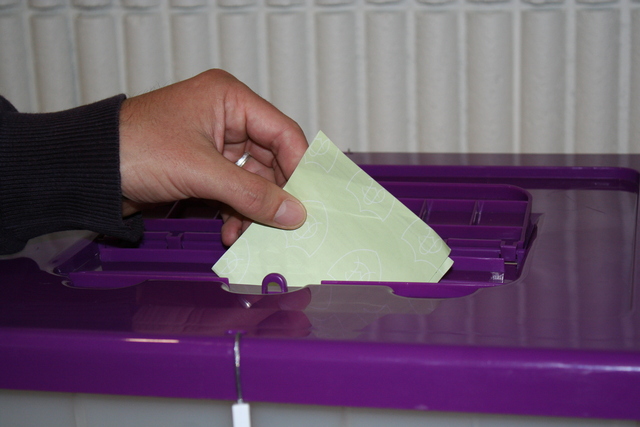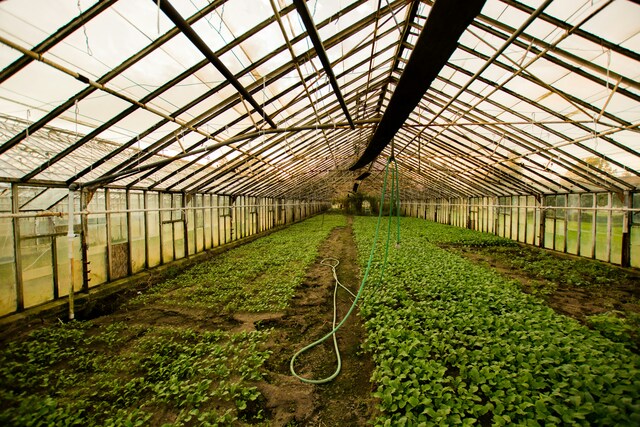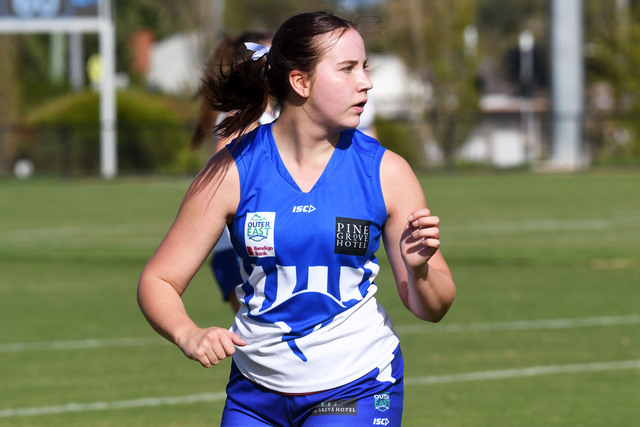This week has seen the re-affirmation of Australia’s commitment to uphold the tradition of Anzac.
Knox Historical Society (KHS) has played a key role over many years to uphold that commitment in Knox.
The Knox War Memorial at the Tim Neville Arboretum in Ferntree Gully was opened in November 2014.
On it are engraved the names of 61 servicemen who gave their lives on land, sea and air in conflicts from World War 1 to Afghanistan.
Current KHS President Ray Peace remembers the work that went into creating the list of names now on the memorial.
“We were starting from scratch,” the president said.
“We soon discovered some of the existing memorials contained errors and omissions.”
Cross-checking and in some cases opening files at the National Archives of Australia, Ray and a colleague, Barbara Ellard, compiled a master list of names that became engraved in bronze at the Arboretum.
A member of the Australian Army who died in Vietnam in 1969 is now on the memorial, as are two who died in Afghanistan.
“The opening day was cold and windy,” Ray said.
“A planned fly-past by vintage ‘planes failed to happen as conditions were too windy for safe flying.
“But it’s fantastic to see children bearing the medals of their grandfathers and great-grandfathers, and marching with their elders. New generations are finding their place in the Anzac tradition”.
The names of 46 soldiers from Ferntree Gully and Upper Ferntree Gully who gave their lives in WW1, WW2, Vietnam and Afghanistan are now read out as part of the dawn service at the quarry at Ferntree Gully on Anzac Day.
Many of the soldiers were members of the locally raised 23rd Battalion, commanded by Major George Knox.
George Knox was born in 1885, and was commissioned as an officer in 1913.
He commanded the 23rd Battalion during the Great War at Gallipoli and on the Western Front, until a mishap invalided him home in 1917.
George Knox was again on active service in World War II. This included a period in 1941-42 when Lieut.
Col. Knox was senior commander defending Melbourne from a possible Japanese invasion, which fortunately never happened.
Knox Historical Society has been committed to preserving the heritage of the City of Knox since 1965.
The Society’s museum at 3 Olivebank Road, Ferntree Gully, is open Thursday and Friday, 10 am – 1 pm, and Sundays, 1 – 4 pm.







